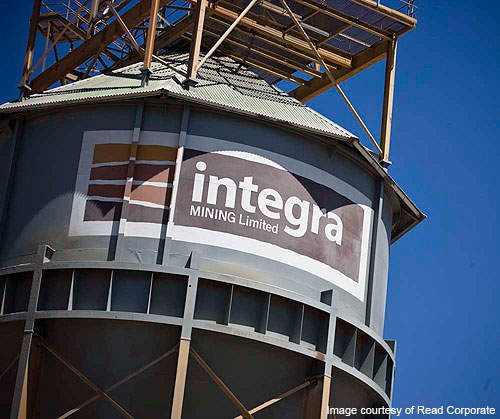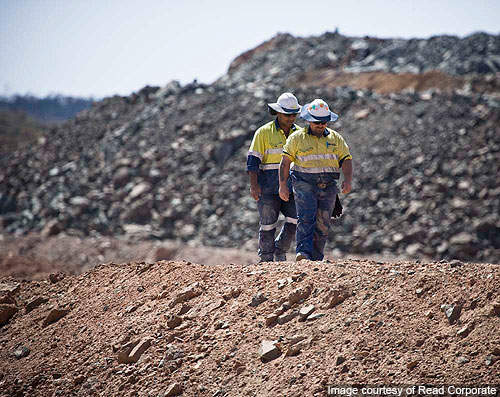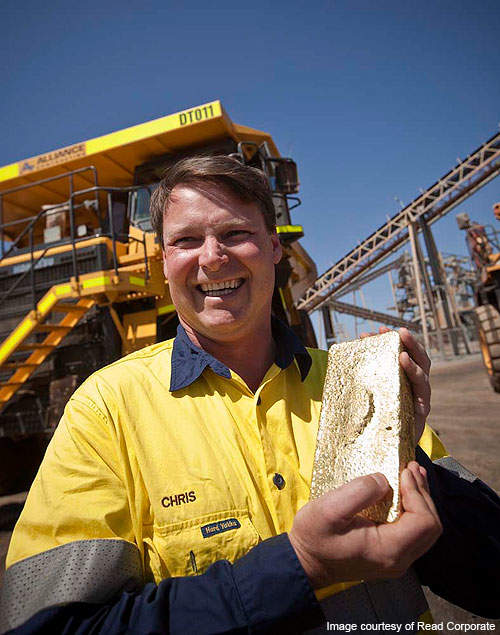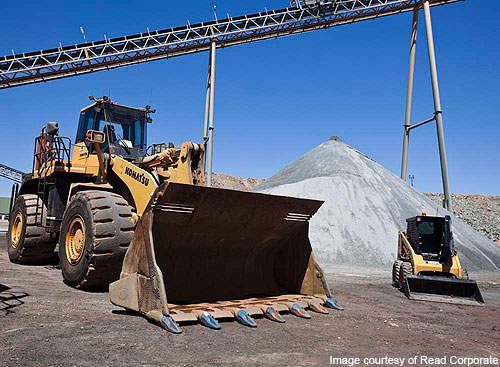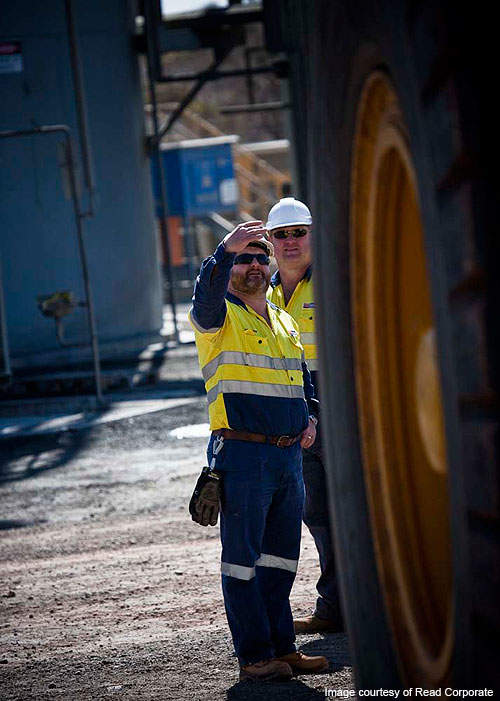The Aldiss-Randalls gold mine is located in Western Australia, approximately 50km-100km east of Kalgoorlie. Owned by Integra Mining (acquired from Solomon in 2005), the project is a 1,500km² consolidated tenement package including multiple open pit and underground deposits.
Primary resources at the mine include Salt Creek, Maxwells and Cock-eyed Bob. The project also includes the Santa Area, Rumbles, Anamaly A and Randalls dam besides exploration prospects at Lucky Bay, Mohegan and Red Dale.
Aldiss-Randalls gold project development
The project is being developed over two phases that will see production reach more than 630,000oz over its initial life span of 10 years. Phase one focuses on targeting an initial annual gold production of 90,000oz at an average grade of 3.1g/t from the Maxwells and Salt Creek open pits.
Phase two will involve a gradual ramp up of production to more than 140,000oz by the end of 2012. It will involve underground production from the Santa and Cock-eyed Bob gold deposits and also from the Maxwells underground deposit when open pit production becomes exhausted.
Phase two will also see production from the Majestic deposit, a gold resource discovered in 2010 22km north of Salt Creek.
Majestic forms part of a joint venture between Integra (85%) and Newcrest Operations (15%). The Salt Creek processing facility will also be upgraded as part of phase two.
Production
Gold production at the mine began in September 2010, marking the completion of the first phase of development. Production costs for the phase have been estimated at A$574 per ounce, resulting in a profit margin of around $800 per ounce at current prices.
Aldiss-Randalls gold project reserves
The total consolidated mineral resource at the Aldiss-Randalls Gold Project has been estimated to be 20mt graded at 2.7g/t gold.
Resources in the indicated category total 11.49mt graded at 2.88g/t together at the Aldiss and Randalls deposits. Inferred resources amount to 5.9mt and 0.4mt graded at 2.8g/t and 3g/t respectively.
Aldiss-Randalls mine geology
The Randalls project lies within the Eastern Goldfield towards the east and north-east of the Bulong Anticline, a massive south dipping sequence of sediments and volcanic rocks.
The Eastern Goldfield hosts several attenuated northerly trending greenstone belts that are enclosed within elongate granitoids, plutons and complexes that intrude the belts. Several anastomising local scale faults featuring a sinistral strike-slip dissect the goldfield.
The stratigraphic sequence consists of two units, the upper basaltic unit and the lower basaltic unit. The upper basalt unit underlies a complex of felsic volcanic and volcaniclastic rocks and consists of komatiite affinities. The sequence of felsic volcanic and volcaniclastic rocks is unconformably overlain by clastic sedimentary rocks. The lower basaltic unit lies beneath komatite.
The Majestic prospect is dominated by a 2m to 15m deep transported cover sequence with a stripped regolith profile that hosts moderately to poorly weathered granodiorite. Gold mineralisation occurs within albite /silica / sericite altered and pyrite mineralised granodiorite.
Mining and processing
The mine is operated through open pit techniques. Ore is processed at the new Salt Creek process facility at Randalls.
The 800,000tpa processing facility which was acquired by Integra Mining in 2006 will initially process ore from the Salt Creek and Maxwell open pits.
Exploration and development
Integra Mining allocated a $15m budget for exploration in 2010/2011. The programme involved drilling at the new Majestic discovery in order to define a JORC resource and establish the potential of the resource.
Drilling will also be undertaken at the Maxwells, Santa and Cock-eyed Bob deposits to confirm the depth extensions and support the phase two expansion to 140,000oz.
Regional drilling will be undertaken to test new conceptual targets at the Aldiss Project.

